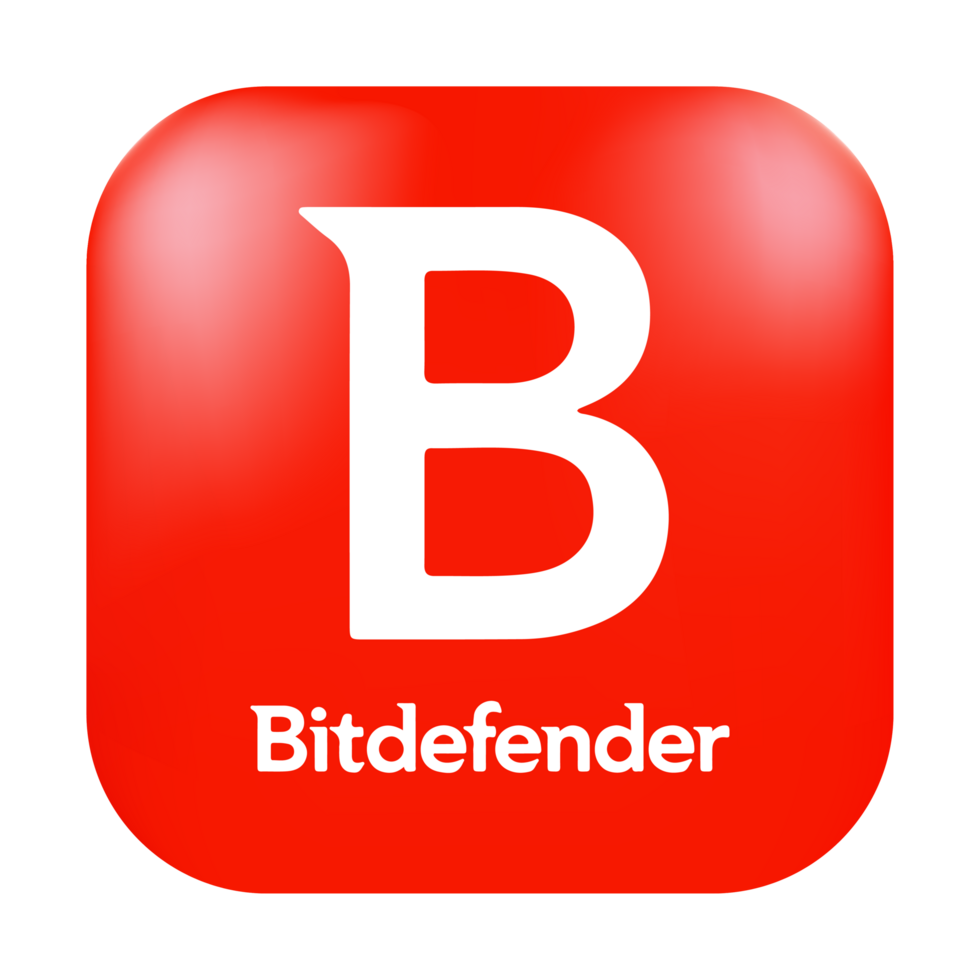Bitdefender — Endpoint Security for Real-World Environments
Why It Matters
Bitdefender is often grouped with antivirus tools, but in practice it works on a broader level. Large companies use it not just for catching viruses, but for protecting endpoints against ransomware, targeted intrusions, and exploit attempts. The product is designed for mixed fleets — laptops, servers, virtual workloads — where central management of security rules is critical. Admins tend to value the fact that the agents stay relatively light while the detection logic comes from a global threat feed, so the protection keeps evolving without heavy local tuning.
How It Works
The platform runs through two main pieces: the endpoint agent and the management console. The agent sits on the host, watching file access, memory, and network connections. It reacts when something behaves oddly — for example, a process trying to encrypt a large batch of files or injecting into another running service. Events are sent back to the console, which applies the policy: block, isolate, or just alert. Updates are streamed from Bitdefender’s network of sensors and labs, which makes it less dependent on signature packs alone.
Technical Profile
| Aspect | Details |
| Platforms | Windows, Linux, macOS, Android/iOS; physical and virtual servers |
| Detection layers | Signature scanning, heuristics, process behavior, exploit detection, sandbox analysis |
| Management | Central console (cloud SaaS or on-prem VM/appliance) with dashboards and policy groups |
| Network defense | Built-in firewall, intrusion prevention, web/content filtering |
| Response options | Kill process, isolate host, quarantine files, rollback ransomware impact |
| Integration | APIs for automation, SIEM connectors, fits into XDR/EDR ecosystems |
| Licensing | Paid subscription; enterprise support included |
Deployment Notes
1. Decide on the control plane: hosted console or on-premises.
2. Push agents through standard tools (SCCM, Intune, shell scripts, GPO).
3. Assign policies per group: workstations, developers, servers.
4. Test communication and try common scenarios (malicious file, USB block).
5. Link with SIEM for alert forwarding if needed.
Where It’s Used
– Corporate desktops and laptops: same rules everywhere, easier to audit.
– Server farms and cloud workloads: Linux or Windows nodes under the same policy umbrella.
– Ransomware mitigation: detect mass-encryption and attempt file recovery.
– Regulated industries: helps tick the boxes for ISO, HIPAA, PCI.
Things to Keep in Mind
– Licensing costs add up — it’s not open source.
– Legacy machines may feel the performance hit more than modern hardware.
– The console is strong for policies, but detailed forensics usually need a SIEM/XDR tie-in.
– Rollout across big environments takes planning; agent updates can’t just be left unchecked.

